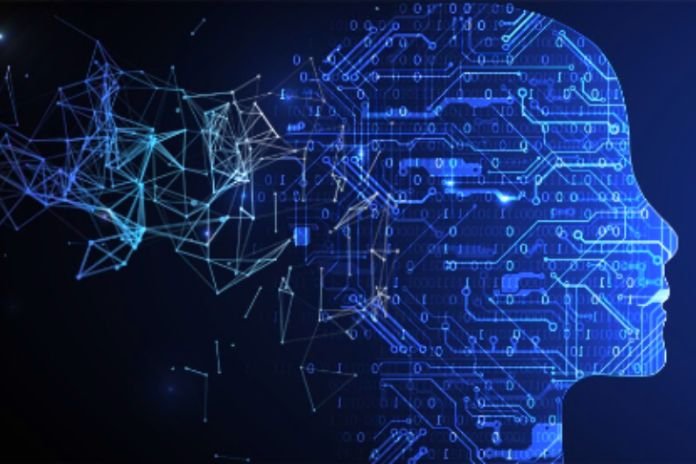What Are The Origins Of Artificial Intelligence?
Origins of Artificial Intelligence: Confabulations about the possibility of conferring some notion of intelligence to objects and equipment permeate humanity since, at least in Ancient Greece.
Aristotle, one of the most influential philosophers of his time, wondered whether it would be possible to “teach” a broom to sweep by itself and, thus, dispense with the enslaved people assigned to this and other more routine activities.
But significant advances in the development of Artificial Intelligence only happened, in fact, throughout the 1940s. At that time, humanity was immersed in the Second World War, so there was a race between countries to develop cutting-edge technologies.
During this decade, the English mathematician Alan Turing condensed his ideas on machine learning and Artificial Intelligence into a paper entitled “Computational Machinery and Intelligence,” published in 1950. In this paper, the mathematician introduced the Turing test, at the time called the “imitation game,” which measures the autonomy of robots.
Still, in the 1950s, another critical step towards the consolidation of AI was the development of the Lisp language, created by computer scientist John McCarthy, which became, after its publication in 1960, the most widely used language for programming AI applications. Today, more than 60 years after its publication, Lisp is one of the oldest programming languages.
One of the most media-friendly developments involving artificial intelligence happened in 1997. That was when the Deep Blue computer, developed by IBM, won a chess match against the world champion Garry Kasparov.
What Is The Internet Of Things? What Is The Relationship Between IoT And AI?
The Internet of Things, also known by the acronym IoT ( Internet of Things), refers to the technology that allows everyday objects in our daily lives to be connected to the internet, generating, receiving, and sharing data. This data, in turn, can be used as a source of information to train and enrich Artificial Intelligence machines.
You certainly made or have used the Internet of Things in recent years. Items such as cars, television sets, and even refrigerators are just a few that worked 100% offline until recently. Still, they nowadays can achieve internet connections and thus promote significant changes and challenges in how businesses from various areas deal with data collection and analysis.
In practice, when we talk about business, some of the main changes provided by processing data collected from the Internet of Things are the reduction of resource waste, greater operational efficiency, and a decrease in downtime, among others.
Quality IoT data represents an opportunity for organizations to embrace new ideas and reinvent themselves. Seeking more innovation and fostering the emergence of more creative ideas within your company is one way to stay competitive and win new customers.
Embracing the changes coming from the data collection and analysis of the Internet of Things makes it possible to open your eyes to new and better business opportunities that might otherwise go unnoticed.
The Technologies Behind AI
The functioning of Artificial Intelligence involves developing and using a series of technologies. See below what they are and how the main ones work.
- Machine Learning: allows computers to learn by the association between different data.
- Deep Learning: technology based on artificial neural networks combined with representation learning. It is a type of Machine Learning operation.
- Natural Language Processing (NLP): machines can analyze texts written by humans, including details such as context and interpretation.
- AI automated robotic processes: Robots that use AI for evaluation, classification, and decision making in repetitive operations.
Will AI Replace Human Workers?
When talking about Artificial Intelligence, it is not uncommon to find those who fear that the development of the technology will cause a massive wave of unemployment worldwide. But the truth is far from that.
It is not possible for an AI to develop emotional intelligence, for example, nor to develop creative work, build relationships or demonstrate empathy.
All of this is vital to how our society functions today, so it is simply a reality that companies and governments worldwide are considering replacing their employees with machines.
What happens, in practice, is that the AI exists to, among other factors, reduce the possibility of human errors and avoid issues related to activities that incur unhealthy situations.
Also Read: Artificial Intelligence In Business: What Is The Impact
Share this content:












Post Comment